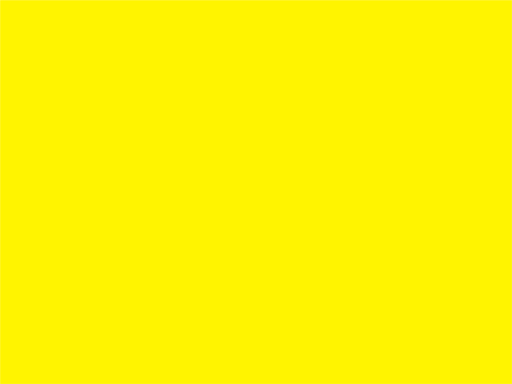A new study from Rutgers University found that PCBs, a notoriously toxic chemical, banned in the 1970s, are ending up in the color yellow, used for clothing and paint.
Researcher Lisa Rodunberg from Rutgers University wrote about “TSCA’s dirty loophole” on our blog, where she described how PCB’s were ending up in paints and dyes used for clothing. Rodunberg states,
“… a little known fact is that the Toxic Substances Control Act has a big loophole: PCBs are allowed in consumer products as long as their production is unintentional. Oftentimes, PCBs are by-products of chemical processes.
One process that generates a lot of PCBs is the production of pigments, which are used in paints and printing inks. Researchers at the University of Iowa tested batches of paint pigments and found a wide range of PCBs in them. My students here at Rutgers, the State University of New Jersey, have been testing consumer products that have printing inks in them, including newspapers, magazines, napkins, plastic bags, and even clothing, and finding PCBs in them. That’s right, there are PCBs in your children’s clothing, food packaging, and napkins!”
Check out Lisa on Good Morning America where she talks about her latest research:




